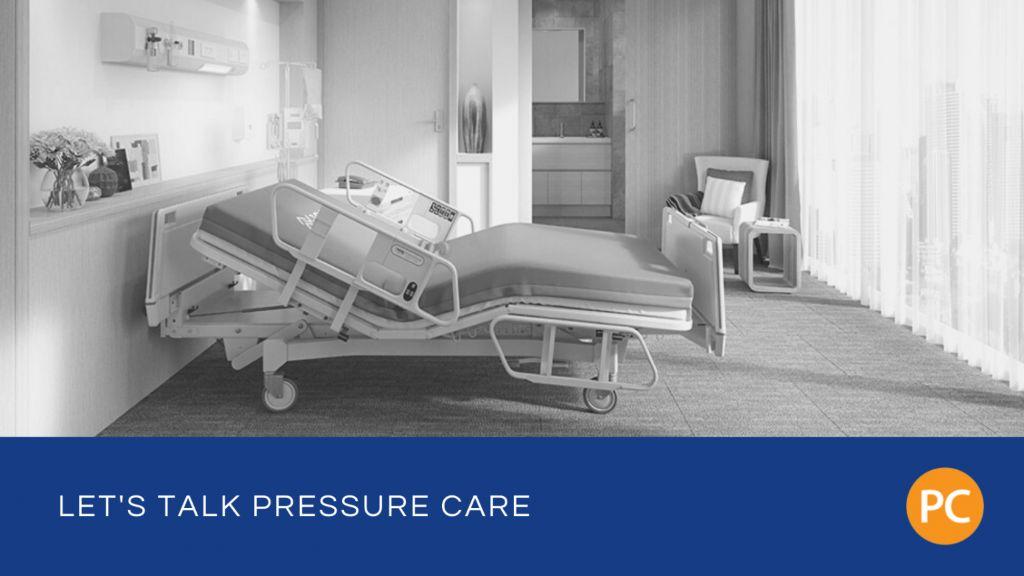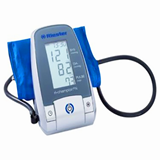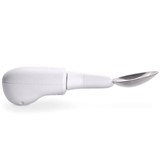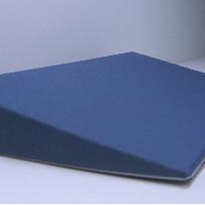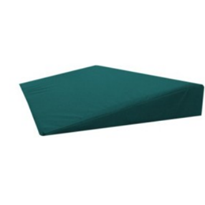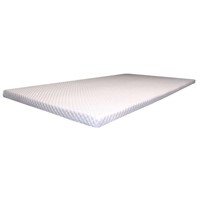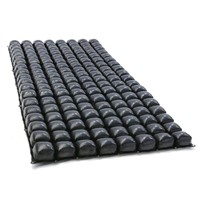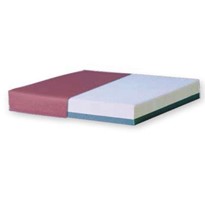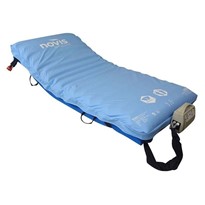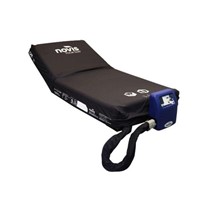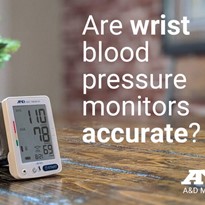Pressure injuries take a long time to heal, which has consequences for patients’ quality of life, as such injuries can cause severe pain, and can involve sleep and mood disturbance as well as susceptibility to infection. They also adversely affect rehabilitation, mobility and long-term quality of life..
Pressure injury prevention therefore presents an important challenge in acute care hospitals. A number of best practices have been shown to be effective in reducing the occurrence of pressure injuries, but these practices are not used systematically in all hospitals. Hospital-acquired pressure injuries extend the length of hospitalisation, which impacts on patients and their families. These injuries also increase the cost of admission incurred by the health service. This additional cost may be the result of an increased length of stay or more complex care requirements. While there is an increased financial cost, the most significant cost is the pain and discomfort experienced by the patient..
Significant reductions in pressure injury rates are being achieved in some hospitals through preventive initiatives. The rate for pressure injuries at Principal Referral Hospitals* was 9.8 injuries per 10,000 hospitalisations in 2015–16. If all Principal Referral Hospitals above this rate reduced their rate to 9.8 per 10,000 hospitalisations, then 727 pressure injuries would have been prevented, and more when other facilities are considered.
Pressure Injury Development
PI’s are any breach of skin integrity caused by unrelieved pressure on soft tissue that has been compressed between any external surface and bony prominences for a prolonged period of time. In addition to this, poor blood flow, friction, shear and tissue ischaemia can all contribute to PI’s. The deep fascia, subcutaneous fat, skin, bone and muscle can all be damaged by this unrelieved pressure.
The tissues ability to tolerate the pressure including the intensity and duration are factors affecting PI development.
Localised areas of tissues that have prolonged pressure cause the occlusion of blood flow, preventing the supply of nutrients and oxygen to the tissue, resulting in ischaemia and re-perfusion injury, leading to cell obliteration and eventually tissue death.
Factors associated with increased risk of pressure injury
In the prevention of PI’s, it is essential that patients at risk are identified and an individualised prevention plan is implemented. A risk factor is any element that either diminishes the skins tolerance to pressure or contributes to increased exposure of the skin to excess pressure.
Intrinsic Factors
These are factors that reduce the skin’s tolerance through impacting its lymphatic system, supporting structures and vascular bed. Conditions and chronic illnesses that impair oxygen delivery, sensation, tissue perfusion, lymphatic function are identified as increasing PI risk and include, but are not limited to:
- Smoking
- Anaemia
- Low Blood Pressure
- Diabetes mellitus
- Lymphoedema
- Elevated skin temperature
- Dehydration
- Impaired nutrition status
- Renal failure or impairment
- Circulatory abnormalities
- Carcinoma
- Peripheral arterial disease
- Cardiopulmonary disease
- Depressed Immune System
Extrinsic Factors
These are factors on the skins ability to tolerate pressure.
- Shear: is a mechanical force created from a tangential load that causes the body to slide against resistance between a contact surface and the skin. The dermis and epidermis (outer layers of the skin) remain stationary while the skeleton moves with the deep fascia, creating distortion in the lymphatic system and in the blood vessels between the outer layers of the skin. This leads to capillary occlusion and thrombosis.
- Moisture: alters the resilience of the skin to external forces by causing softening, particularly the longer the skin is exposed. Moisture can occur due to: wound exudate, incontinence and perspiration. We must be mindful that some forms of moisture, create added risks of PI by exposing the skin to enzymes and bacteria in the fluid that raise the skin’s pH.
- Friction: is another mechanical force that occurs when two surfaces move across one another, creating resistance between the contact surface and the skin’s surface that leads to shear.
Increased Exposure to Pressure
Risk factors that increase exposure of the skin to PI’s are related to sensory perception, activity, the patient’s ability to change their body position and impaired mobility. Specific circumstances that fall into these categories include:
- Obesity
- Cognitive impairment
- Medication Use (Hyponotics, analgesics, sedatives, muscle relaxants)
- Diabetes
- Spinal Cord Injury (SCI)
- Stroke
- Multiple Sclerosis
- Trauma
- Post-op surgical
- Patients sitting in wet clothing, wet nappy, and wet bed for long periods
- Reduced skin sensation (paralysis, epidural, nerve blocks)
- Patients lying/sitting in one place for too long
Reduction In Tissue Tolerance
This is the ability of the supporting structures and its skin to tolerate the effects of pressure. The skins surface acts as a cushion to protect the skeleton during transferring pressure loads. Factors that affect tissue tolerance include both intrinsic and extrinsic factors.
Factors contributing to reduced tissue (skin) tolerance:
- Pre-admission history of prolonged unchanging pressure on body part(s)
- Children younger than 36 months – have a disproportionately larger head in comparison to body size and an increased risk of PI development on the occipital region.
- Disproportionate weight distribution for prolonged periods of inactivity/immobility including:
- Operation time/Position in operating theatre
- Length of stay in NNU/PICU
- Prolonged mechanical ventilation OR Non Invasive Ventilation
- Decreased sensory perception due to chemical paralysis or neurological disturbances
- Altered skin integrity due to fluid resuscitation, moisture, incontinence or oedema
- Obesity – excessive fat accumulation for age
- Compromised tissue oxygenation and perfusion – cardiac/septic patient
- Hypotension
- Use of vasopressor medication
- Hypothermia and/or use of therapeutic hypothermia
- Oxygen saturations <95%
- Capillary refill > 2 seconds
- Poor nutrition status or patients who are NBM for extended period of time
- Fluid restriction
- Patients who experience rapid weight loss (due to poor nutrition or diuresis)


